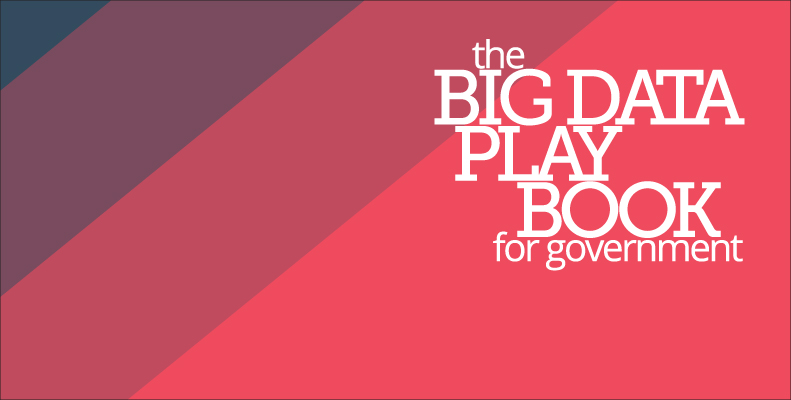The following is an interview with Webster Mudge, Senior Director of Technology Solutions, Cloudera. To learn more about how your agency can excel with big data, be sure to check out our guide: The Big Data Playbook for Government.
One of the challenges for any IT program is soliciting support from leaders and gaining executive buy-in. Although technology is important, big data starts with developing the right partnerships internally to drive success. Webster Mudge, Senior Director of Technology Solutions at Cloudera, recently spoke with GovLoop about how organizations should start their big data journey and the important steps along the way.
“One of most important elements, and a really critical function of creating a big data program is that you have to develop confidence and sponsorship from leadership,” said Mudge. “You need leadership to foster curiosity and sharing. And that is really a prerogative if you want to go and make big data a critical asset. Yet, there is a level of risk that the sponsor has to take on – an executive, or any business mission leader, must be focused on change and also be willing to take a risk to navigate change to ensure the success of the overall program.”
In other words, organizations that are serious about big data must understand that it’s not solely about technology; it’s also about the culture change. Another critical aspect to navigating and fostering culture change is building advocacy within the agency. As Mudge reminds us, sharing stories of big data success can often accomplish this critical step.
“You have to build success stories from the point of view of your organization in order to push this forward,” Mudge advised. “Begin with something straightforward. Start with something that is demonstrative and will add value, that will also showcase cost savings and make processes more efficient.”
There are also some preliminary IT steps that an agency should take to begin to leverage big data. A good starting point on this journey is often just basic, single data set analysis. This means looking at a individual sources of data, cleaning the data, and starting to process the data separately, then making them available in various tools and environments that are found in Hadoop and the Hadoop ecosystem. These could be tools like search or business intelligence solutions.
This gets employees comfortable with data, and helps to create a data-driven organization. In many cases, this step is where people can begin to witness efficiencies from better use of data, the cost efficiencies and option value of working with data in this manner, and helps show the importance of having a strong IT foundation to build on success.
The next phase is expands the scope from single data set analysis to multiple data set analysis. This means beginning to understand how individual, often disparate, data sets are correlated, and running analysis on this more complex data and developing in-depth trends.
Once agencies have started to build the foundations, identify some success, and gain some quick wins, Mudge said, they should then look to explore building an ROI model, which will help support emerging applications of big data at the agency and provide the necessary feedback and information for the program sponsor. When some initial success has been achieved, especially with cost savings from efficiencies, savings can then be re-invested to support the core mission of the agency, and help drive more advanced data programs. This activity can be critical as a program moves into multiple data set analysis, says Mudge, because often multiple data sets means multiple sponsors, and ROI and feedback on prior successes can better champion the program with new leadership.
The final two phases of a big data journey include the idea of predictive and operational analytics. In most cases, predictive analytics is applying statistical models to predict future behavior, which will drive new value from data. With operational analytics, agencies can begin to deliver near real-time value, within and throughout the entire mission lifecycle.
“At this point in the journey, analytics becomes pervasive throughout the entire value chain of data, not only embedded throughout the process flow of ingest and discovery and processing, but also embedded throughout the value chain of the mission workflow and applications,” said Mudge.
With these analytic solutions, organizations’ workflows change, impacting how the back office and field systems work. This allows organizations to gain both a historical view of the data and create real-time models, leveraging all data within the agency. And this shift and activity fosters culture change within the agency, which is a primary reason for developing strong leadership for the program.
“The way Cloudera looks at an enterprise data hub (EDH) architecture is that it is a wealth of potential for your agency,” said Mudge. “Yet, an EDH is not going to be institutionalized or come to fruition unless you have a plan on the business side as well as the technical side, so the two tracks have to happen simultaneously. As an enabler for the technology, we have to spend time on fostering and building that business process transformation story.”
For more information, be sure to check out our guide: The Big Data Playbook for Government.





Leave a Reply
You must be logged in to post a comment.